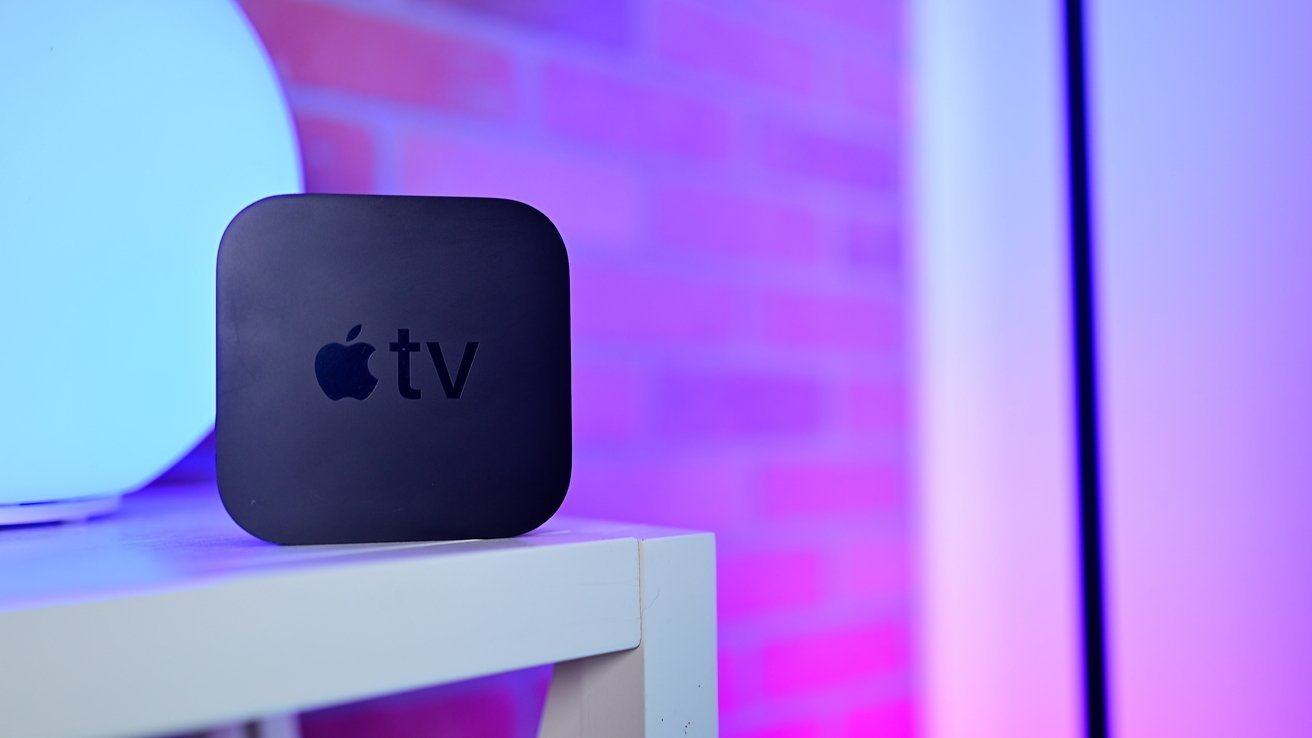This year marks the 58th annual CES, and this edition of the Big Show just about buried us in new silicon, and fresh PCs and parts to test it all with. Nvidia, of course, unveiled consumer-grade “Blackwell”-architecture GPUs in the GeForce RTX 50 series, with exclusive features poised to give it a big edge in dozens of current games, not to mention for transformative AI tasks. AMD had a new 3D V-Cache chip on display, which it claims is the best desktop CPU for gaming to date. And both AMD and Intel issued new, lower-end desktop chipsets for their current platforms.
We even saw Qualcomm Snapdragon chips make their way into a few desktop PCs. Leveraging new processing hardware from all the major players, countless part makers and accessory vendors had new wares to show off, and we went hands on with as much of it as we could, from fully modular PC cases to self-charging keyboards.
The upside to this being one of the busiest PC-hardware times at a CES, ever? We had lots of options for each of our coveted awards, so only the absolute best rose to the top. We went hands on with, or got an in-person first look at, each of these winning products, so you can trust these are smart, deliberate picks. Here are our best desktops and PC components of CES 2025. (See also our best laptops of the show, and our 21 top overall picks.)
Best Gaming Desktop PC
MSI MEG Vision X AI 2nd
 Hands On With MSI’s MEG Vision X AI Desktop: Now, Your PC Tower’s a Monitor, Too
Hands On With MSI’s MEG Vision X AI Desktop: Now, Your PC Tower’s a Monitor, Too
While we technically first saw this system’s panel technology at Computex 2024, it’s back at CES 2025 as a fully functional PC. We don’t have to tell you how unusual it is to have a full-length, vertically oriented touch screen on the front of your desktop tower, which is both a conversation piece and a convenience. You can use the screen as a second monitor, place app shortcuts, display hardware information, or otherwise customize it to your liking.
Since this is a working desktop now, there’s more going on than just the screen: It’s powered by Intel’s “Arrow Lake” 200S desktop chips, liquid-cooled, and all of the cables and connectors are hidden neatly behind the motherboard for super-clean internals (in keeping with MSI’s Project Zero philosophy). It will cost a pretty penny for a fully loaded version—over $4,000—but we admire the ambition on display. —Matthew Buzzi
Best Productivity Desktop PC
HP OmniDesk

(Credit: Joseph Maldonado)
There’s no shortage of powerful desktops at CES 2025, but we’ve picked HP’s OmniDesk because of its more modest aims. This tower is both compact and attractive, thanks to a faux-wood front panel, which is especially appealing for its $529.99 starting price. There’s substance, too: It’s available with Intel’s Core Ultra 5 and Ultra 7 200 Series AI processors—or in non-AI-PC form—with 13th and 14th Gen Core or AMD Ryzen 8000-series G-class processors. To top it all off, if you need a less powerful and even smaller desktop, HP is also offering the extra-compact HP OmniDesk Slim, starting at $479.99. —MB
Best Content Creator or Power User PC
Origin Arachnid

(Credit: John Burek)
Arachnophobic? Not us, at least as far as this impossible-to-ignore desktop is concerned. Origin PC, a part of Corsair, put out the most imposing PC of the show in the massive Arachnid. This PC could just as handily have taken our Best Gaming Desktop PC crown, but this model has many, many more customization facets than MSI’s winning offering will have. And it starts at a cool $7,000, making it only for the very power-hungry content-creation crowd or the very poshest of gamers. Indeed, Origin only builds these models to order, to your exact configuration standards. And it comes in quite the case: This certifiably unique chassis is split into left and right zones for CPU and GPU, keeping their heat and separate liquid cooling loops isolated. And all the cabling runs through the center of the Arachnid’s “legs,” making for one seriously clean, polished look. —John Burek
Best Mini PC
ASRock DeskMini B860

(Credit: John Burek)
This compact desktop packs more to talk about per cubic inch than any other PC we saw at the show. The “B860” in the name indicates the newest Intel budget chipset, and this mini PC supports full desktop Intel “Arrow Lake” processors on Socket 1851 on a 5-inch-square motherboard. Part of the reason that’s possible is that the little motherboard supports only laptop-style SO-DIMM memory modules, but to compensate, the case supports special high-bandwidth CSO-DIMMs for extra pep in memory-intensive applications. You also get two M.2 PCI Express NVMe slots for storage (one supporting high-speed PCIe 5.0), 2.5Gbps Ethernet, and Thunderbolt 4 support. This is one super-connected compact PC. —JB
Best Graphics Card
The Nvidia GeForce RTX 5070 Family

(Credit: John Burek)
The upcoming Nvidia GeForce RTX 50 series of graphics cards looks impressive on multiple fronts. But Nvidia’s announcement that its $549 GeForce RTX 5070 would be able to game on a level with its $1,599 GeForce RTX 4090 shocked everyone watching the company’s keynote. There’s little doubt that this performance is in large part thanks to the powerful AI hardware built into the RTX 5070, and we doubt we’ll see the same level of performance from the RTX 5070 in games that don’t support the company’s DLSS 4 technology. Nonetheless, even if it’s only in select games, this is an unquestionably impressive feat of engineering and can only be good for gamers. —Michael Justin Allen Sexton
Best Processor
AMD Ryzen 9 9950X3D

 CES AMD Keynote: Everything Announced in 7 Minutes
CES AMD Keynote: Everything Announced in 7 Minutes
AMD’s upcoming Ryzen 9 9950X3D is set to become the company’s most powerful consumer processor. Not only does it have 16 high-performance Zen 5 CPU cores like the company’s current best processor, the Ryzen 9 9950X, but it also comes equipped with AMD’s 3D V-Cache technology. This gives the processor a 64MB pool of SRAM that functions like additional L3 cache. This is beneficial in various situations to improve CPU performance, but it is particularly beneficial in games. Those traits should make it one of, if not the, best CPU for both gaming and content-creation work. —MJAS
Best Motherboard
Asus ROG Strix B850-I Gaming WiFi

(Credit: John Burek)
Motherboards are all about functionality per square inch, and the best ones shove the most features into the limited space they have to work with. This is what makes Asus’ ROG Strix B850-I Gaming WiFi stand out. It’s an AMD AM5 Mini-ITX board that comes equipped with a tiny secondary PCB that resides over the top of the main motherboard, giving you one more M.2 slot for ultra-fast SSDs than you’d usually find on a board this size. It also ships with Wi-Fi 7 support, a plethora of high-speed USB ports, and a high-end Realtek ALC4080 audio codec. Not to mention, given it’s based on the spanking-new AMD B850 chipset (also launched at CES) and has a robust power solution, it’s well suited for overclocking your AMD Zen 5 CPU even in a confined Mini-ITX PC case. —MJAS
Best Storage Product (Internal Component)
Crucial P510

(Credit: John Burek)
Laptops with PCI Express (PCIe) 5.0 M.2 slots have been uncommon…until now. At CES, more than a handful emerged, and we expect these ultra-high-speed storage slots to make more inroads into the market over the coming year. That’s why we’re singling out the first-of-its-kind, laptop-friendly PCIe 5.0 internal SSD, the Crucial P510. By judicious use of power conservation, as well as staying below the maximum theoretical throughput speeds of PCIe 5.0, the P510 attenuates the prodigious heat generated by its high-performance Gen 5 counterparts. That enables its use in the new breed of laptops with PCIe 5.0 M.2 slots, as well as in desktop PCs that support the standard. The SSD is offered in 1TB and 2TB capacities, with an integrated heat spreader and the option for a supplemental heatsink. The P510’s design also features just a single side covered with NAND modules, making it easy to install. —Tom Brant
Best Storage Product (External Drive)
ADATA SE940

(Credit: John Burek)
This one was a no-brainer. Billed by ADATA as the world’s smallest USB4 external SSD, that alone established the SE940’s bona fides. Given our good experiences with the SE series in past reviews, as excellent value-for-money, semi-rugged external SSDs, we’re partial to the SE940 from the get-go. This tiny drive, based on an SMI controller, promises read/write speeds up to 4,000Mbps and is encased in an attractive gold-metal enclosure with a lanyard loop to keep it from getting lost. Most compelling, perhaps, of all? You can expect it in sizes up to 8TB. This USB-C-equipped drive looks, indeed, like ADATA’s golden child for good reason. —JB
Best PC Case
Corsair Frame 4000D Modular Case

 DIY Dream Kit: Corsair’s Frame 4000D Modular Case Could Be Accessory Heaven
DIY Dream Kit: Corsair’s Frame 4000D Modular Case Could Be Accessory Heaven
The Corsair Frame 4000D is an evolution of the company’s popular 4000D chassis with several customizable features to help make the case uniquely your own. Right out of the box, the case has an eye-catching punched-and-bent metal front panel that improves airflow. In time, though, this front should be swappable with one of several optional front panels, with wood, glass, and metal finishes to fit your taste. (Corsair showed a bunch of prototype possibilities at CES.) The motherboard mounting tray is also swappable, and the chassis can fit anything from standard 120mm case fans up to large 200mm fans. Those aspects of the case already make it unusual, but even more special is an optional side-panel-monitor accessory Corsair offers, called the Xeneon Edge ($249.99). It adds a touch display to the case’s exterior that can play custom animations, show hardware info, and much more. —MJAS
Best PC Power Product
Thermaltake SFX 1200W

(Credit: John Burek)
Really, we need not write much here for this award winner beyond the name of the product—you read that right, 1,200-watt SFX! (If you know, you know.) Thermaltake was already one of the few companies pushing the limit in the SFX compact-power-supply field with its previous effort, which was an SFX-L (extended length) supply. This SFX 1200W model ups the peak wattage and reduces the form factor to straight-up, shorter SFX. This is all the power supply we can conceive of anyone needing in any small-form-factor PC that mandates SFX, even with a high-end CPU and one of the incoming GeForce RTX 5090 cards. Pricing and availability are still to come; this will be a hot item, though. —JB
Best PC Cooling Product
Thermaltake TS120 and TS 140 EX RGB

(Credit: John Burek)
These lock-together, cable-reducing PC case fans have one thermal superpower that sets them apart from the legions of cooling-fan makers that have now adopted various flavors of edge connectors. Thermaltake’s newest have integrated temperature sensors, which let you have a live temperature probe at each fan location. Before, this required running and routing lots of fine wires and mounting discrete probes. Now, you can use these fans’ own probes and monitor temperatures at case top and bottom, front and back. This will let you experiment with your fan curves based on more granular data than just overall case temp, adjusting for the least noise or the best performance. These fans come in black or white versions and will cost $89.99 (120mm) or $94.99 (140mm) for a three-pack when they ship later in Q1. —JB
Get Our Best Stories!
This newsletter may contain advertising, deals, or affiliate links.
By clicking the button, you confirm you are 16+ and agree to our
Terms of Use and
Privacy Policy.
You may unsubscribe from the newsletters at any time.

About John Burek
Executive Editor and PC Labs Director

Read the latest from John Burek
About Michael Justin Allen Sexton
Analyst












